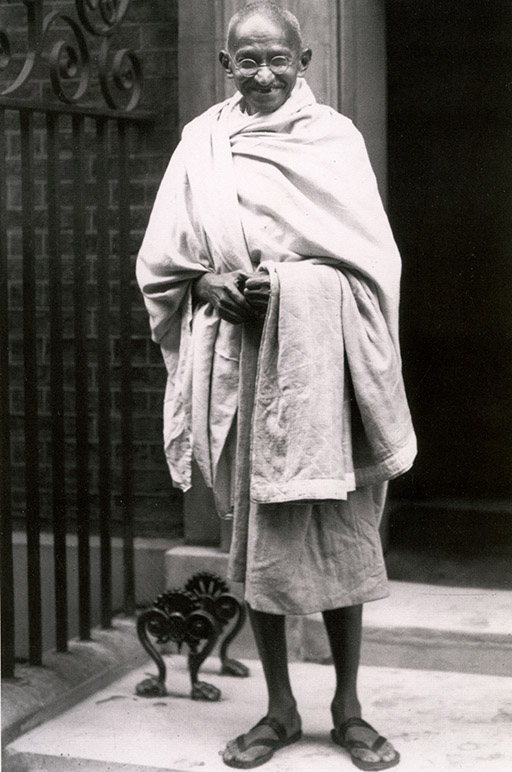4 Summary of Session 3

This traumatic event made Gandhi aware of racism and the inequalities people are subjected to because of the colour of their skin. Gandhi’s response to this had huge consequences in world history, as he moved from being a lawyer to an activist. He helped found the Natal Indian Congress in 1894 (named after a former province in South Africa, and modelled on the Indian National Congress organisation in India). In 1906, the government of the South African province of Transvaal passed an act that required the compulsory registration of Indian and Chinese residents. At a protest meeting in Johannesburg in the same year, Gandhi urged Indians to defy this act in a non-violent way. This was one of the beginnings of Gandhi’s activist strategy, which he called satyagraha: a combination of non-violent protests, articulate persuasion, and skilful public relations management. Gandhi continued to contest racial discrimination in South Africa until he returned to India in 1915, where he continued his activism.
Gandhi’s anti-colonial activism from the 1910s played a very important part in ending British colonial rule in India. His tireless work for this cause inspired many other people to fight for independence in colonies across the world, and helped change the global political order from being empire-based to nation-state based. Gandhi’s example also inspired others to fight against racism and racial discrimination, such as the important civil rights activist Martin Luther King, in the USA. In South Africa, the Black population resisted racism, and one of the most important groups in this struggle was the African National Congress. Nelson Mandela, the first Black President of South Africa and leading figure in the African National Congress, took inspiration from Gandhi’s activism and saw Gandhi as his role model. Mandela was known as ‘the Gandhi of South Africa’. Three years after the fall of apartheid South Africa in 1994, President Nelson Mandela held a ceremony at Pietermaritzburg railway station. Mandela posthumously conferred the Freedom of Pietermaritzburg on Gandhi, and recalled Gandhi’s ‘magnificent example of personal sacrifice and dedication in the face of oppression’. Racism and racist discrimination is a global phenomenon: Gandhi showed how countering these iniquities could also be a global project.
In the next session, you will learn about a community of Yemeni Muslims in Cardiff, who also had to deal with racist attitudes as they lived and worked in the Welsh capital’s docks.
Explore further
Find out more about the History of Empires by studying the OU course A326 Empire: 1492–1975 [Tip: hold Ctrl and click a link to open it in a new tab. (Hide tip)] .
You can now go to Session 4.
